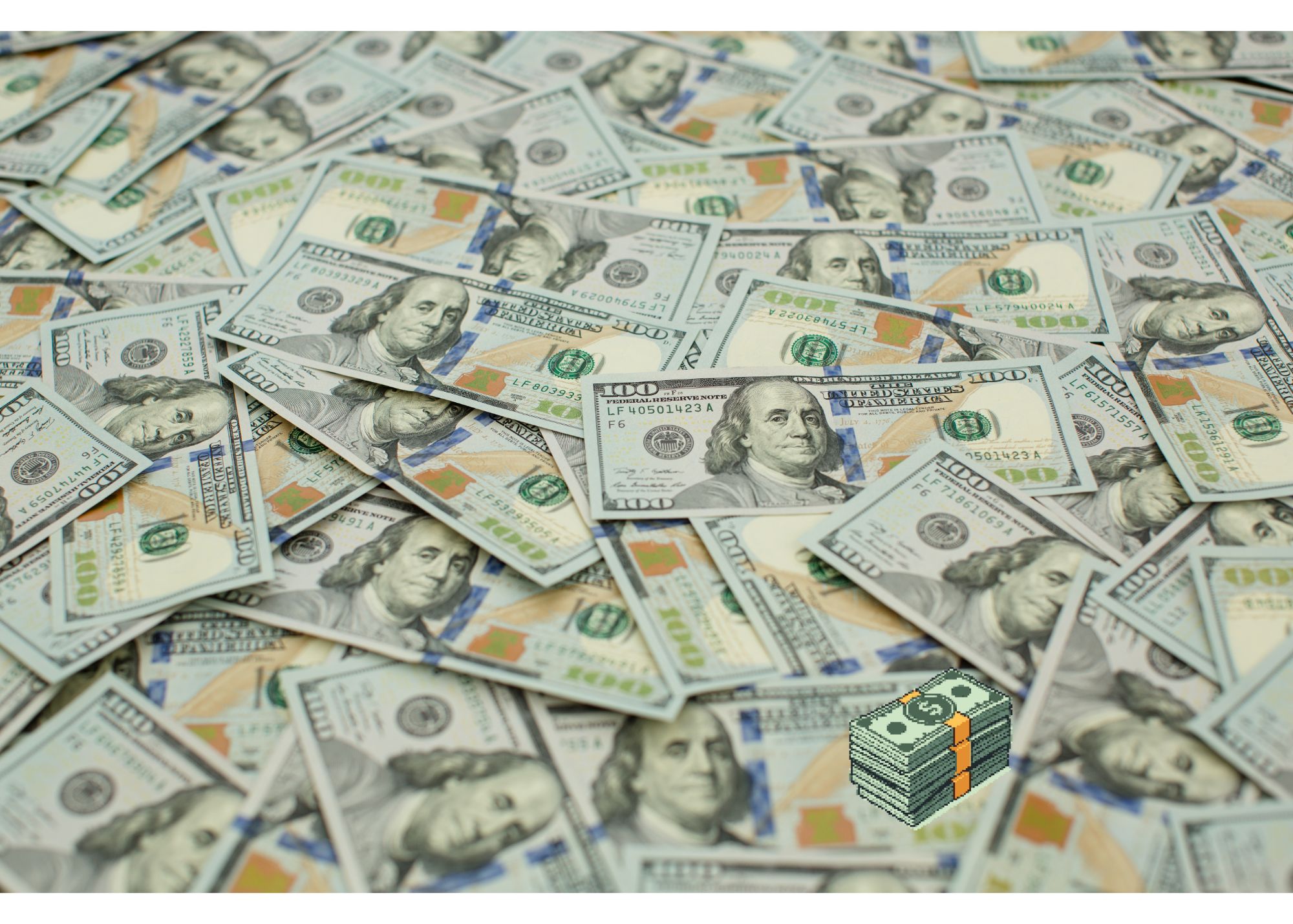How Apple Obliterates Google and Microsoft
When Warren Buffett, the Oracle of Omaha and Berkshire Hathaway’s CEO, decided to make Apple his largest holding, many heads turned. Traditionally, Buffett steered clear of the tech sector. Yet, Apple accounts for almost 50% of Berkshire Hathaway’s portfolio.
Buffett’s initial investment in Apple dates back to the first quarter of 2016. If you had followed his lead back then, your investment would have grown by over 6x, dwarfing the returns offered by major indices.
At the time, Buffett was enamored with Apple’s strong brand, customer loyalty, and pricing power. For example, Apple’s branding expertise falls directly in line with Buffett’s historic affection for companies with strong brands, like Coca-Cola and Sees Candies.
Where Apple shines brighter than those top tier brands, though, is its ability to lock consumers into its ecosystem through a bevy of third party apps, as well as its own subscription products and services.
All that has combined to produce a single metric on which Apple obliterates its arch rivals. Pronounced ‘Royk“, the company’s return on invested capital is scintillating.
Key Points
- Apple’s return on invested capital (ROIC) of 54.3% is not just remarkable, it significantly outperforms its tech competitors like Microsoft (28.4%) and Alphabet (22.4%).
- Beyond its brand strength and customer loyalty, Apple has mastered the art of locking customers into its ecosystem. Apple’s services segment, which includes the App Store and subscription services like Apple TV+ and Music, is outpacing even iPhone sales at times.
- With its stock down 10% from its summer highs Apple stands as a more favorable investment compared to peers like Microsoft, which trades at a P/E of 33.5x.
A Titan Among Giants: The ROIC Factor
A high return on invested capital, or ROIC, indicates efficient capital investment and means a company can deliver shareholder rewards through dividends and stock buybacks. Apple’s high ROIC aligns well with Buffett’s definition of a great business—one that delivers a high return on capital over a long period.
On this key metric, Apple doesn’t just outperform other tech titans like Alphabet and Microsoft—it leaves them in the dust.
A double digit percentage ROIC is generally considered A+, but Apple doesn’t just meet this threshold; it soars above it with 54.3%. Microsoft is no slouch at 28.4% while Alphabet pulls up the rear with 22.4%.
Why Apple May Still Be a Buy Despite Market Volatility
Despite the allure of its track record and performance metrics, Apple hasn’t been immune to market fluctuations. It’s down from close to $200 per share in late July by around 10%.
However, there’s a silver lining for prospective investors: Apple’s P/E ratio, a key valuation metric, stands at one of its lowest points this year at 29.1x. While it’s not in the “bargain” territory of 20 or below, it’s still lower than its tech giant peer Microsoft, trading at a P/E of 33.5x.
And there’s no slowing Apple down. Its services business, comprising the App Store and subscription platforms like Apple Music and TV+, is booming, even outpacing iPhone sales at times, while serving as a more stable and growing income stream.
The Final Verdict
Apple has an extraordinary ROIC, making it a compelling long-term play, even if short-term volatility and price-to-earnings multiples don’t make it as enticing in recent months.
The company’s ongoing innovation in burgeoning markets like AI and mixed reality offers continued growth opportunities. Pair its selloff since July with analysts ratings putting fair value at $199 and Apple makes for an appetizing bet, particularly for those with an eye on long-term gains.



